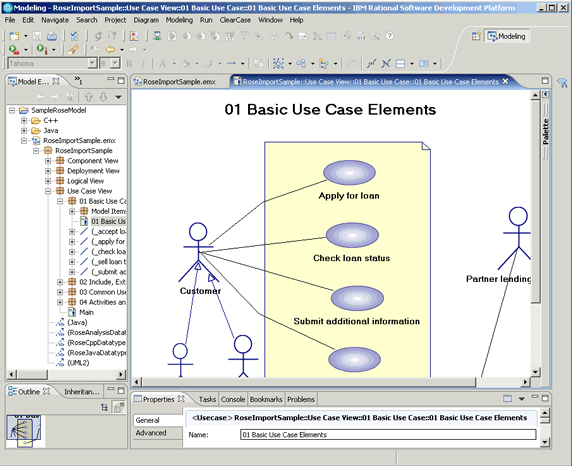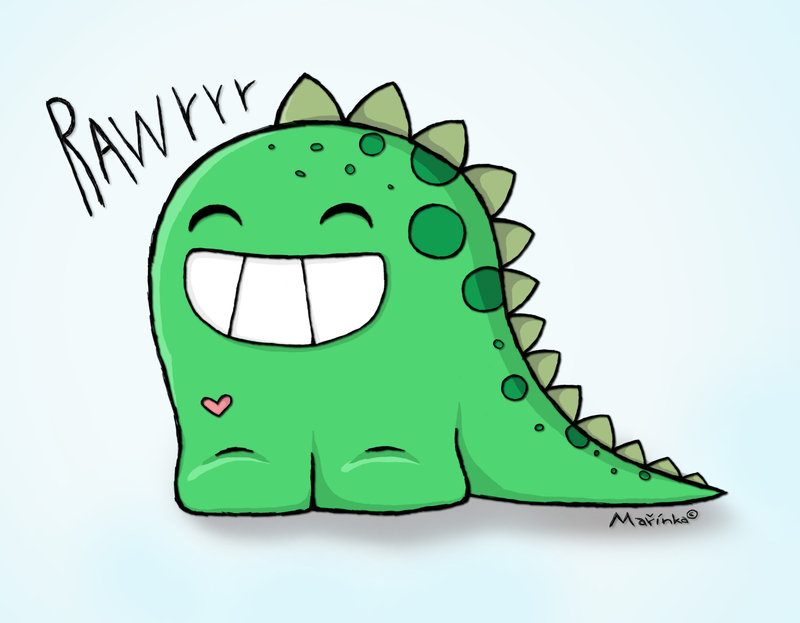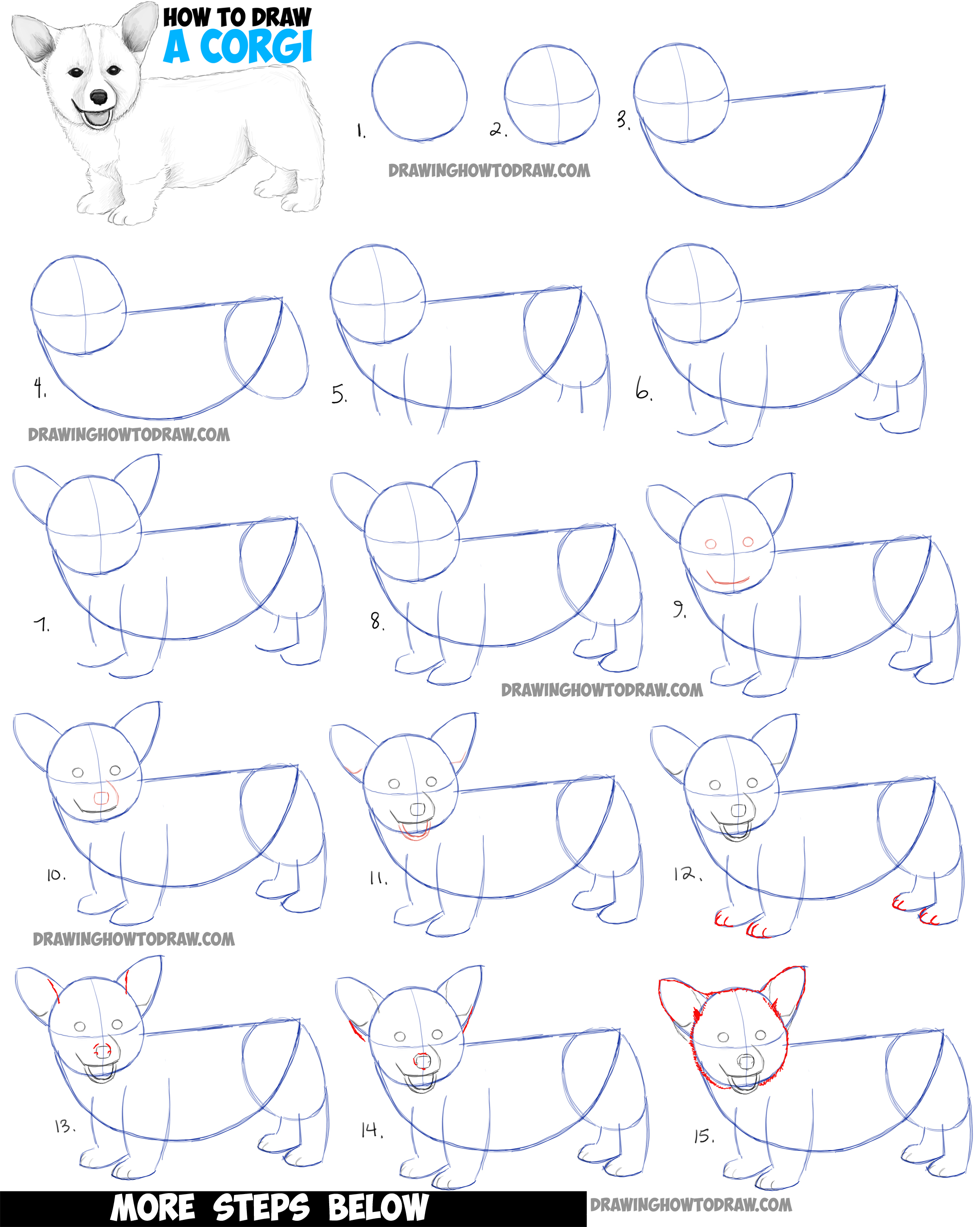Rational ermodelexample
Table of Contents
Table of Contents
If you’re looking to create a collaboration diagram in Rational Rose, you may be feeling overwhelmed by the process. After all, it can be difficult to know where to start when it comes to software development. However, with the right guidance, you can create a collaboration diagram that meets your needs and helps you communicate your ideas more effectively. In this article, we’ll explore the ins and outs of drawing a collaboration diagram in Rational Rose so that you can get started right away.
When it comes to drawing a collaboration diagram in Rational Rose, one of the biggest challenges is knowing where to begin. Whether you’re a new user or you’ve been using Rational Rose for a while, it’s natural to feel overwhelmed by the process. However, with some guidance and practice, you can overcome these pain points and create a collaboration diagram that truly meets your needs.
The first step in drawing a collaboration diagram in Rational Rose is to understand its purpose. Essentially, a collaboration diagram is a type of interaction diagram that shows how different objects interact with one another. This can be useful when you’re trying to model a complex system or understand how different parts of a software application work together. By using Rational Rose, you can create a clear and concise representation of these interactions that’s easy to read and modify.
To get started with drawing a collaboration diagram in Rational Rose, you’ll first need to open the software and create a new project. From there, you can create the classes and objects that you want to represent in your diagram, and then use the collaboration diagram tool to show how they interact with one another. As you work, you can adjust the diagram to make it more accurate and easy to read.
How to draw collaboration diagram in Rational Rose step by step
First, you’ll need to create a new project in Rational Rose. From there, you can add the classes and objects you want to represent in your collaboration diagram. Once you’ve added these items, you can use the collaboration diagram tool to show how they interact with each other. This tool allows you to draw lines and arrows between objects to indicate the type of interaction you’re representing.
As you work on your collaboration diagram, it’s important to keep a few best practices in mind. For example, you should ensure that your diagram is easy to read and understand, and that it accurately represents the interactions between objects. You should also regularly check your work to make sure that everything is accurate and up-to-date, and be willing to make changes as needed.
Common mistakes when drawing a collaboration diagram in Rational Rose
One common mistake when drawing a collaboration diagram in Rational Rose is failing to accurately represent the interactions between objects. This can be due to a lack of understanding about the system you’re modeling, or simply a mistake in the way you’re drawing the diagram. To avoid this mistake, it’s important to carefully consider each interaction and ensure that it’s accurately represented in your diagram.
Another common mistake is failing to update your diagram as your project evolves. This can lead to confusion and misunderstandings among team members, and can cause problems down the line. To avoid this mistake, be sure to regularly check your diagram and make changes as needed to keep it up-to-date.
Tips for drawing a collaboration diagram in Rational Rose
When drawing a collaboration diagram in Rational Rose, it’s important to keep a few tips in mind. First, make sure that you clearly understand the interactions you’re trying to represent, and take the time to accurately represent them in your diagram. Next, be willing to make changes as needed to ensure that your diagram is accurate and easy to read. Finally, regularly check your work to ensure that it’s up-to-date and reflects the current state of your project.
Benefits of drawing a collaboration diagram in Rational Rose
There are several benefits to drawing a collaboration diagram in Rational Rose. First, it allows you to create a clear and concise representation of the interactions between objects in your project. This can be invaluable when trying to communicate complex ideas to other team members or stakeholders. Additionally, it can help you spot potential problems or areas where improvements can be made, allowing you to refine your project and make it more effective.
FAQs
Q: What is a collaboration diagram in Rational Rose?
A: A collaboration diagram in Rational Rose is a type of interaction diagram that shows how different objects interact with one another in a software application. It can be useful when modeling a complex system or trying to understand how different parts of an application work together.
Q: How do I create a collaboration diagram in Rational Rose?
A: To create a collaboration diagram in Rational Rose, you’ll need to open the software and create a new project. From there, you can add the classes and objects you want to represent in your diagram, and use the collaboration diagram tool to show how they interact with one another.
Q: What are some best practices for drawing a collaboration diagram in Rational Rose?
A: Some best practices for drawing a collaboration diagram in Rational Rose include ensuring that your diagram is easy to read and understand, accurately representing the interactions between objects, and regularly checking your work to ensure that it’s up-to-date and reflects the current state of your project.
Q: What are some common mistakes to avoid when drawing a collaboration diagram in Rational Rose?
A: Some common mistakes to avoid when drawing a collaboration diagram in Rational Rose include failing to accurately represent interactions, failing to update your diagram as your project evolves, and failing to make changes as needed to ensure that your diagram is accurate and easy to read.
Conclusion of how to draw collaboration diagram in Rational Rose
In conclusion, drawing a collaboration diagram in Rational Rose can be a challenging but rewarding experience. By following the steps outlined in this article and keeping best practices in mind, you can create a diagram that accurately represents your project and helps you communicate your ideas more effectively. Whether you’re a new user or a seasoned pro, incorporating collaboration diagrams into your software development process can help you create better products and ensure that everyone on your team is on the same page.
Gallery
How To Draw Er Diagram Using Rational Rose | ERModelExample.com

Photo Credit by: bing.com / rational ermodelexample
How To Draw Er Diagram Using Rational Rose – ERModelExample.com

Photo Credit by: bing.com / rational networking usecase ermodelexample
Modeliosoft - Rational Rose To Modelio

Photo Credit by: bing.com / rose rational modelio model
Rational Rose Online :: TITIK WIHAYANTI

Photo Credit by: bing.com /
Tutorial -Sequence Diagram Using Rational Rose.avi - YouTube

Photo Credit by: bing.com / rational rose diagram sequence tutorial using





